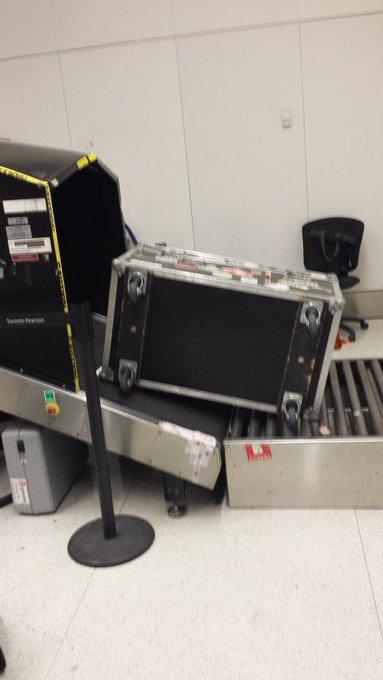
Chicago Blackhawks forward Patrick Kane lifted the Cup over his head during the team’s ticker tape parade in 2010. (Getty)
Add another ring. Maybe.
The Chicago Blackhawks and Tampa Bay Lightning are set to square off in Game 6 of the Stanley Cup Finals on Monday night and a Blackhawks victory would give the franchise its third title in six years. It would also ensure another emotional Stanley Cup lift by captain Jonathan Toews, imminent cross-country travels for the Cup and, of course, another ring of names.
The Stanley Cup, long considered the sports world’s most famous trophy, also has one of the longest histories in all of athletics. Its legacy is well documented – and well protected – and the Cup even has its own Twitter persona to document its travels.
Here’s what you need to know about the Cup, its history and even its “keeper”:
1. The Trophy is Named for Lord Stanley of Preston
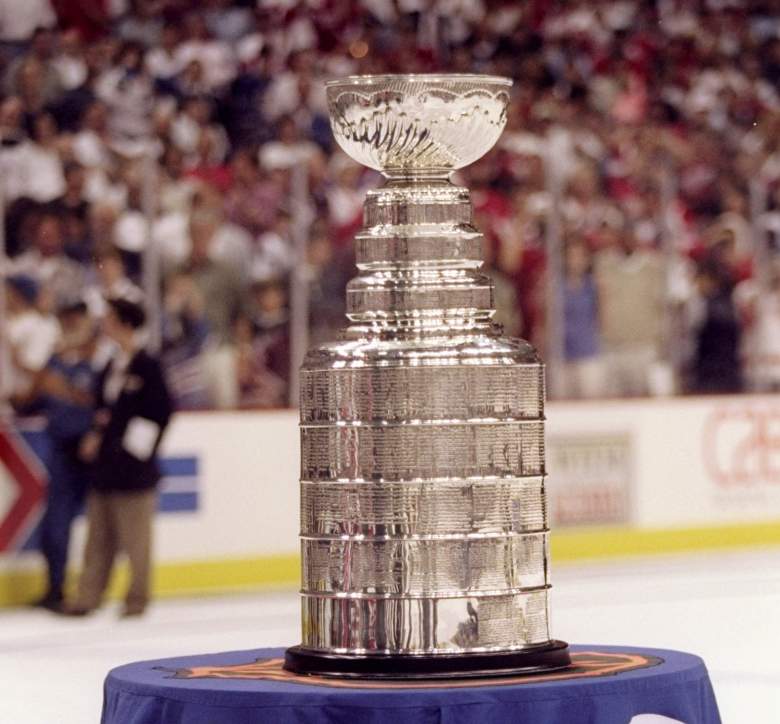
(Getty)
Lord Stanley of Preston was appointed as Governor General of Canada by England’s Queen Victoria on June 11, 1888. Little did Queen Victoria know, she had just helped spark the future of hockey.
As soon as Stanley and his family arrived in Canadia they found their enthusiasm for hockey growing, particularly after the Lord saw the game played at Montreal’s 1889 Winter Carnival. It didn’t take long for Lord Stanley to realize the popularity of hockey throughout Canada and he quickly determined that the sport needed a bit more competition and, most importantly, a trophy to play for.
He wrote to to the Ottawa Amateur Athletic Association about the matter in 1892:
I have for some time been thinking that it would be a good thing if there were a challenge cup which should be held from year to year by the champion hockey team in the Dominion of Canada. There does not appear to be any such outward sign of a championship at present, and considering the general interest which matches now elicit, and the importance of having the game played fairly and under rules generally recognized, I am willing to give a cup which shall be held from year to year by the winning team.
Lord Stanley purchased the first-ever Stanley Cup not long after, a silver cup measured at 7 inches high and 11 inches wide for approximately 10 guineas. Or $50 currently.
2. Lord Stanley Appointed a Trustee to Govern the Cup
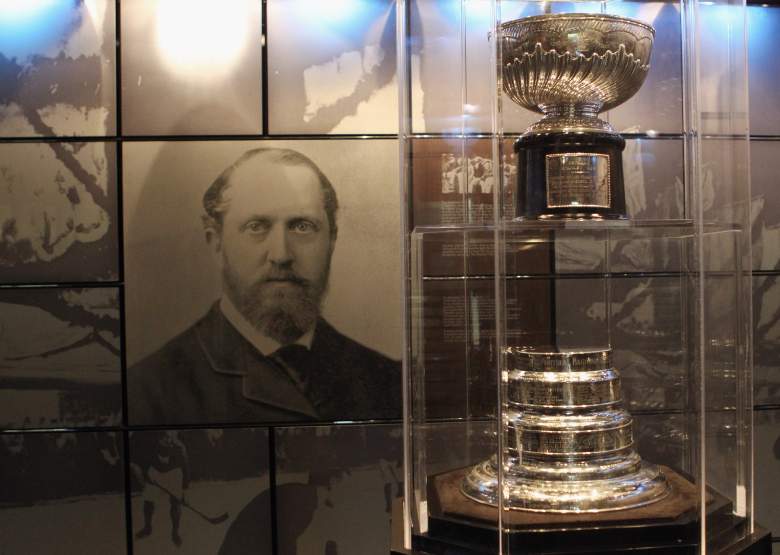
The original Stanley Cup rests in a vault at the Hockey Hall of Fame in Toronto, Canada. (Getty)
Technically speaking, the NHL does not actually own the Stanley Cup. In fact, the league does not have any claim over either of the previous two Stanley Cups either. The trophies are simply a visual representation of winning and the NHL uses it through an agreement with the Trustees of the Cup.
Per Lord Stanley’s decree when he donated the Cup, the trustees have absolute power over all matters regarding the trophy and can even elect to not award it to a winning team.
Overall, there have been nine men who have served as Trustees of the Stanley Cup. The current trustees are Brian O’Neil, who has served since 1987, and Ian “Scotty” Morrison, who has served since 2002. Although a trustee can resign from the post, the previous seven men have all served until their deaths.
3. The Cup is Engraved With the Names of the Players, Coaches & Staff of the Winning Team
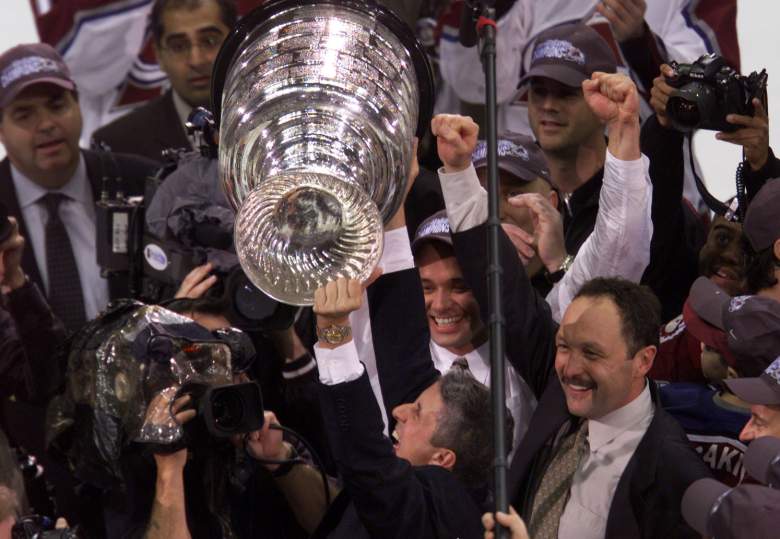
Colorado Avalanche coach Bob Hartley celebrates after his team wins the Cup in 2001. (Getty)
Part of the Stanley Cup’s impact on the sports world is that it never really changes. The NFL, NBA and even MLB hand out custom-made trophies to whichever team wins every year. The NHL hands out the same trophy and player’s, coaches, and team member’s names are engraved on the Cup’s individual rings as a way to commemorate the moment.
Talk about some serious history.
The names started to take up some space however and the first team to engrave on the inner bowl was the 1906-07 Montreal Wanders. Since 1958, five bands of championship names are engraved around the base of the Cup. Those bands are detachable and allow the NHL to add more names each season. It is estimated that each name will remain on the Cup for approximately 50 years before that band is removed. The current Cup stands at 35.25 inches and weighs 34 and a half pounds.
Montreal Canadiens player Jean Beliveau’s name appears on the Cup more than any other individual; ten times as a player and seven times as management. There are also 12 women’s names engraved on the Cup as well as a handful of misspellings.
4. The Winning Team’s Captain is the First to Lift the Cup Post-Game
A historic trophy would be nothing without a little bit of tradition and the Stanley Cup has that in hockey-spades.
Perhaps the most important tradition is the initial post-game lift. The Cup is traditionally presented on the ice after the final buzzer and presented to the winning team’s captain who then skates around the rink for one final victory lap. Ted Lindsay of the 1950 Detroit Red Wings became the first captain to hoist it above his head.
It has also become a tradition to see who the captain hands the Cup to first. More often than not, the second player to hoist the trophy is a fan-favorite or veteran. The most moving example came when long-time Boston Bruin Ray Bourque finally won a Cup, with the Colorado Avalanche, and was handed the Cup second.
5. There is a “Keeper of the Cup” Who Travels With the Trophy During its Post-Season Victory Tour
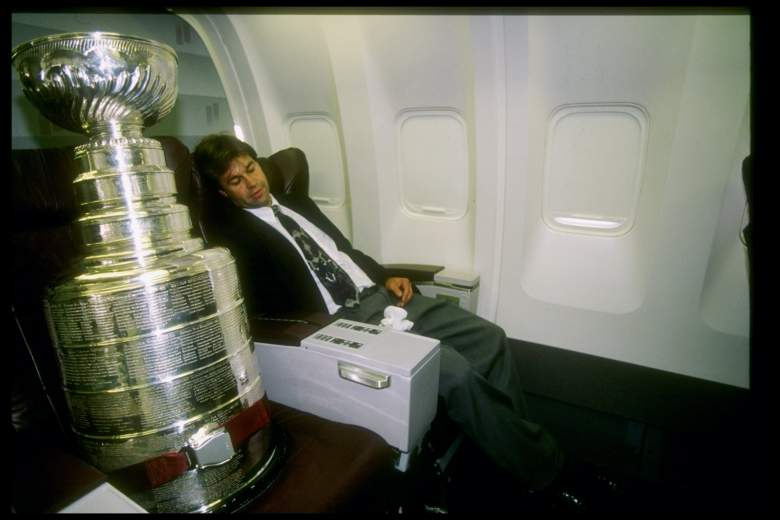
(Getty)
Phil Pritchard is the NHL’s official “Keeper of the Cup.” And that means what exactly? It means Pritchard’s job is to, quite literally, keep the Cup. Keep it safe. Keep it contained. Keep it in perfect condition.
Keep the Cup.
Pritchard has been the designated “Keeper of the Cup” since 1989 when he first started working for the Hockey Hall of Fame and was asked to take the Cup to Colin Patterson who had just won the NHL Finals with the Calgary Flames. Before that moment there wasn’t a precedent for players having their day with the Cup. That changed in that moment.
From there on out, Pritchard’s job changed. He now travels with the Cup after the completion of the NHL Finals as each winning player gets to spend one day with the Cup. He has seen everything. He has been over all over the world. And he has kept the Cup.
Pritchard recalled a trip to Russia in 1997, following a win by the Detroit Red Wings, with the Los Angeles Times:
They were all pouring the vodka in and drinking out of it. And the players were like, ‘Oh come on, have a drink,’ and I said no, and they were insisting. The best thing to do, I guess, would be winning the cup, but the second best, I guess, is kind of hanging out with so, no complaints. To be right there and see history happening is pretty amazing.

